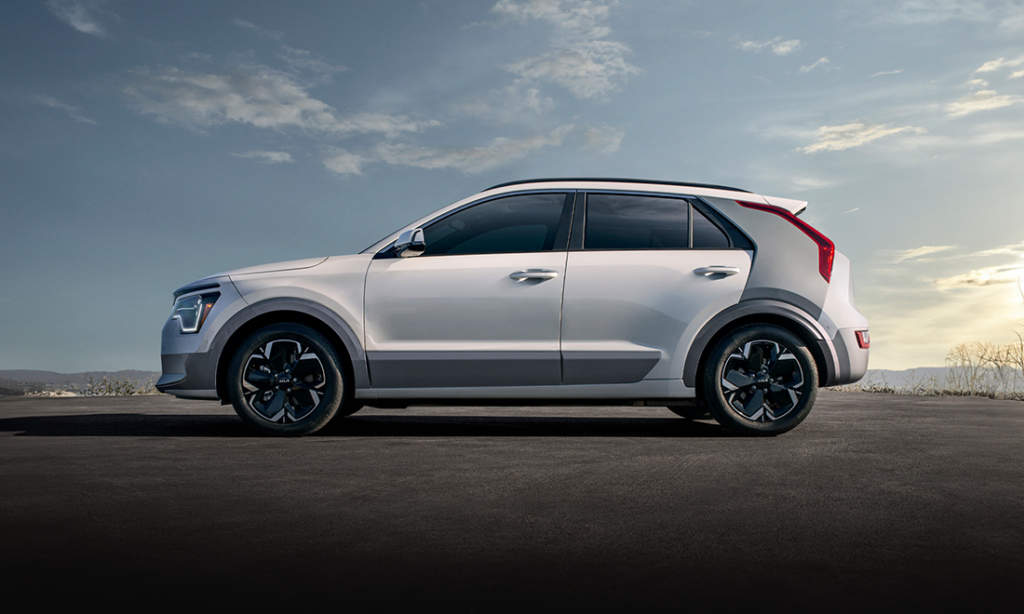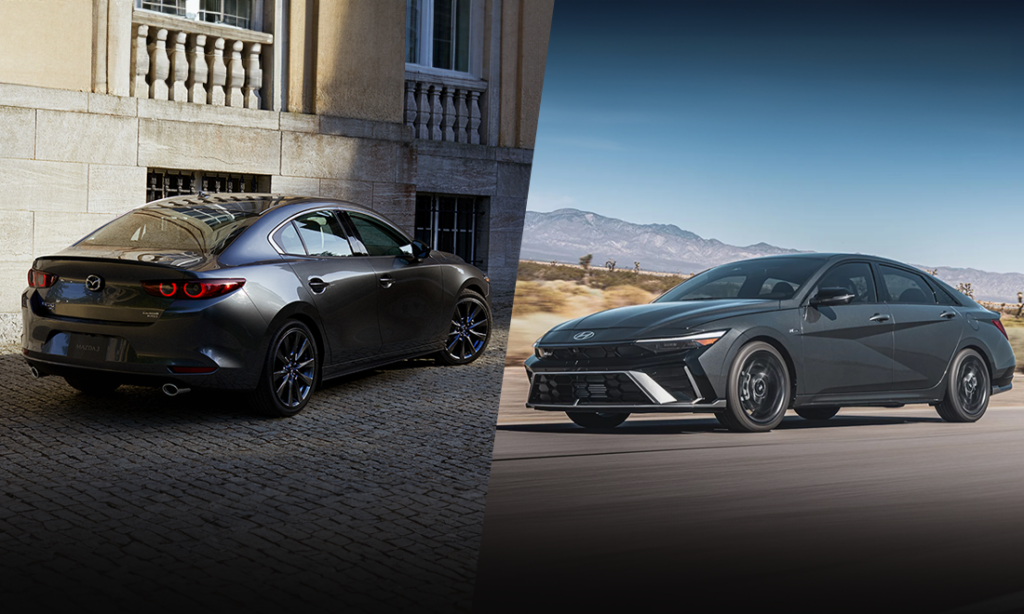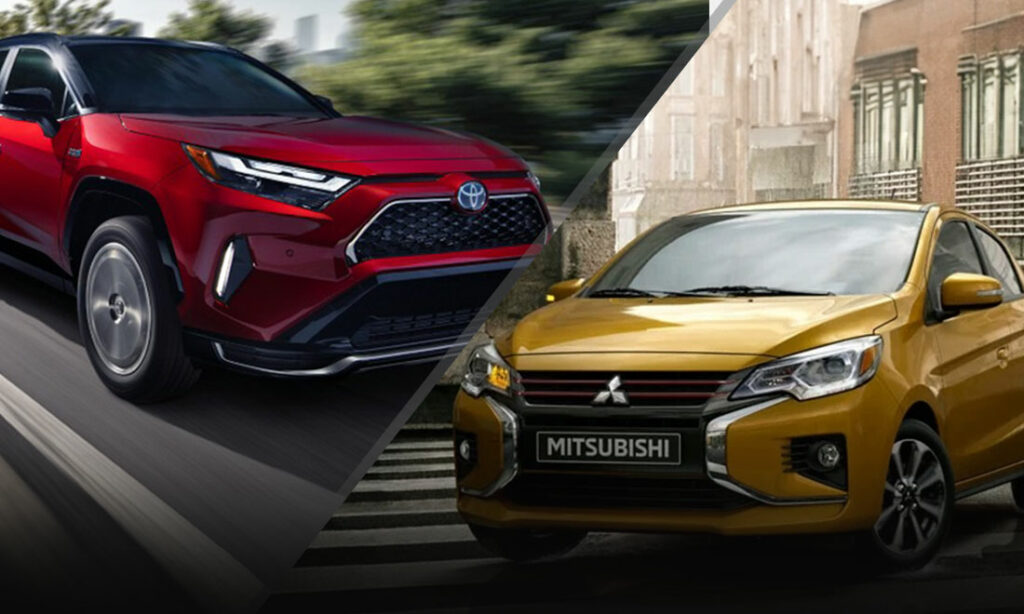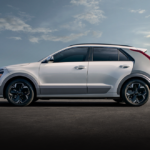Budget Buy Under $15,000: RAV4 vs Forester
We compare two of the most popular used compact crossovers in America, the RAV4 vs Forester with a budget of $15,000. Which one proves the better bargain?
Buy Used, Buy Smart
Do you love dogs and camping? Do you love Japanese reliability and taking your kids to soccer practice? Then you’re probably in the market for a Toyota RAV4 or Subaru Forester as your next crossover. Today, the crossover has thoroughly supplanted the sedans and minivans as America’s go-to family vehicle, and with good reason. It turns out most of us are perfectly happy compromising on drivability and cargo space for a few extra inches of ride height.
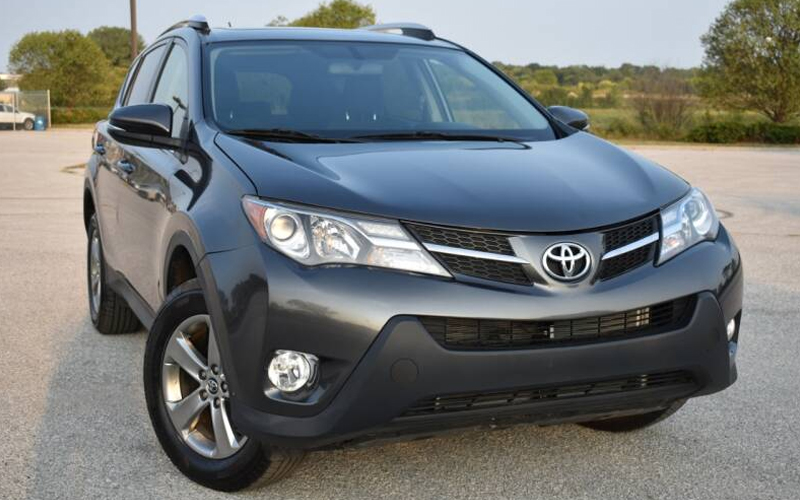
2015 Toyota RAV4 XLE – carsforsale.com | Shop Toyota RAV4 on Carsforsale.com
It’s easy enough to know what things you’re looking for in a vehicle: cargo room, sportiness, hauling ability, fuel economy and all the rest. But knowing how your must-haves translate to the real world of used cars can get complicated fast. To help, we’re comparing common models within segments to help clarify your choices. For this match-up it’s the RAV4 vs Forester for the best compact crossover under $15,000.
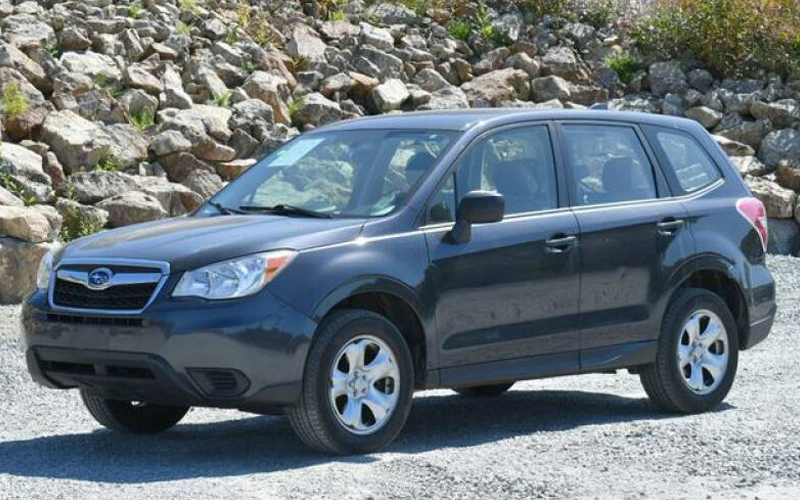
2016 Subaru Forester Premium – carsforsale.com | Shop Subaru Forester on Carsforsale.com
There’s a lot to consider when buying a car, and research is often well rewarded. In many way’s buying used calls for even closer consideration. Things like mileage, age, trims and features, and a host of other factors all need to be considered. We break down all the pros, cons, and nitty-gritty details below.
The Greatest Generation
Once you’ve narrowed your vehicle search to a specific segment and price range, the next thing to identify is what can you actually get for your money. In the case of the Toyota RAV4 and Subaru Forester, their fourth generations offer the best value. They’re new enough to have a lot of modern amenities, at only a few years old, while also costing well below the price of a new car.
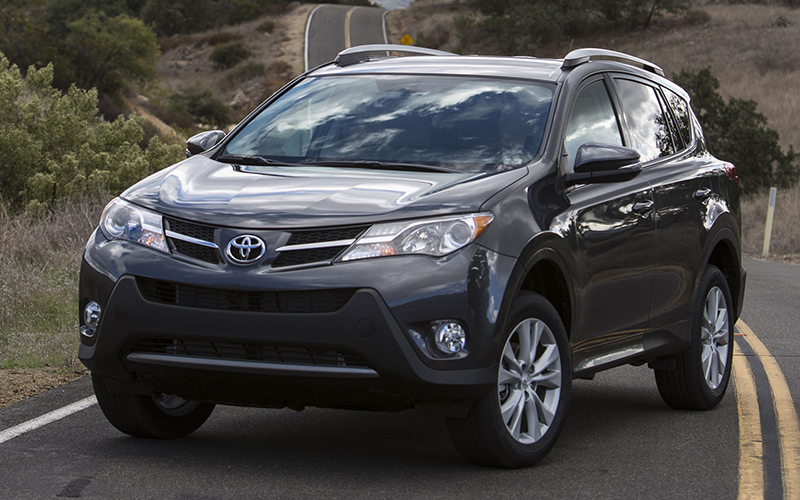
The RAV4’s fourth generation ran from model years 2013 through 2018, with a mild refresh coming in 2015. You can find base LE trim versions of the 2018 RAV4 with around 75,000 miles on them for approximately $15,000. On the opposite end of the spectrum you can find fully loaded Limited trims from the 2013 model year. But the best value resides right in between with the 2015 model year. Base level LEs and are plentiful along with some mid-level XLEs RAV4s can be found under $15,000.
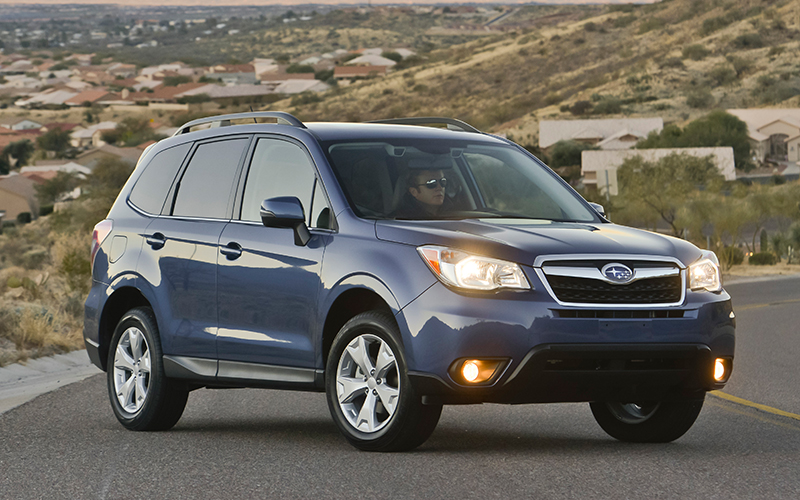
Not surprisingly, the fourth generation of the Subaru Forester, spanning 2014 to 2018 model years, is also where you’ll find the best value for $15,000. Unlike the RAV4, you can find newer, higher trim level Foresters with 40-60,000 miles on them at this price point. Most RAV4s at this price tend to either be older or have higher mileage, or both. We found the 2016 model year to be the Forester’s value sweet spot, with numerous mid-level Premiums and even some higher mileage top-trim Tourings for under $15,000.
Apples to Apples – 2015 RAV4 XLE vs 2016 Forester Premium
Both the 2015 RAV4 XLE and 2016 Forester Premium can be found under $15,000 at between 60,000 and 70,000 miles on the odometer. That’s pretty reasonable for 5-year old cars. Especially, considering the average American car puts on approximately 13,500 miles per year. Depending on your own situation, you might be willing to tolerate more miles for a lower price or vice versa, so it pays to shop around.
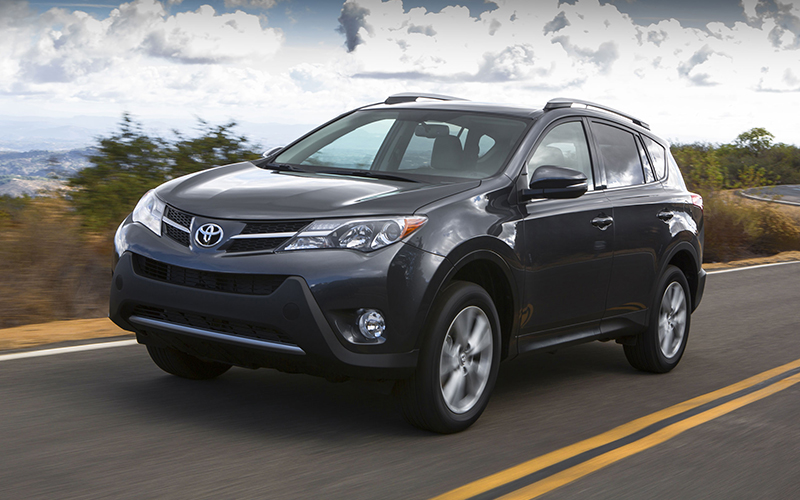
As compact crossovers, the RAV4 and Forester are fairly comparable in terms of their power and drive trains. Both can be had with AWD, standard in the case of the Forester and an option on the RAV4. The RAV4’s 2.5L 4-cylinder provides adequate but unexciting acceleration. The Forester’s 2.5L 4-cylinder, paired with a snappy CVT, is slightly more spirited, but the boxer engine’s signature rumble may prove obnoxious to some drivers. The Forester also offers an optional 2.0XT turbocharged H4 that ups the power output to 250hp. A six-speed manual is the default transmission in the 2016 Forester for those interested in rowing their own.
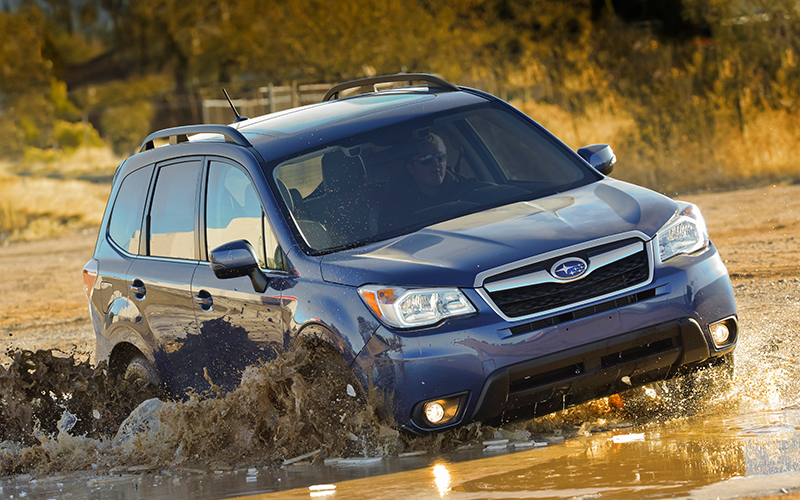
Though the Forester offers more excitement with the optional turbocharged engine, elsewhere things are more of evenly matched. Both the RAV4 and Forester are rated to 1,500lbs of towing capacity. Cargo is a mixed bag with the RAV4 being better behind the rear seats with 38.4 cu. ft. to the Forester’s 34.4 cu. ft. But the Forester wins once the rear seats are folded down with a maximum of 74.7 cu. ft. versus the RAV4’s 73.4. (Note the optional moonroof diminishes the Forester’s cargo to 31.5 and 68.5 cu. ft.)
With the optional CVT equipped, the Forester gets slightly better gas mileage at 24 city and 32 highway mpg versus the RAV4’s 22 city and 29 highway mpg.
Strengths, Weaknesses, and X-Factors
As close as the RAV4 and Forester are when it comes to mechanicals, there are clear points of departure. Here are some key strengths and weaknesses of each, as well as a few X-factors to consider.
RAV4
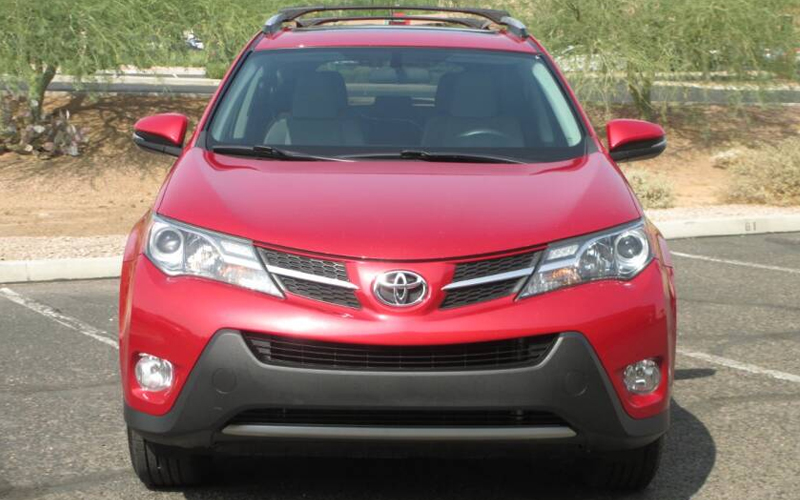
The long-running strength of the RAV4 has been its competence. While the Mazda CX-5 is the “fun” crossover or the GMC Terrain as the “fancy” one, the RAV4 distinguishes itself at being well-rounded.
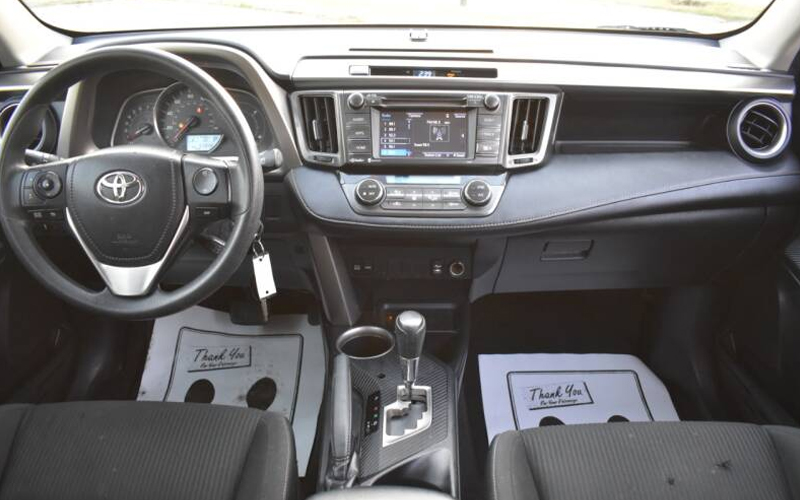
The XLE trim RAV4 comes reasonably equipped with keyless entry standard, optional moonroof, Bluetooth, automatic climate control, 6.1-inch touchscreen, power liftgate, heated mirrors, back-up camera, and fog lamps.
The real weakness of the RAV4 is that it doesn’t set itself apart form the crowd. It does all the crossover jobs decently, without excelling in any single department. The interior is nice, design and materials are up to par, but other crossovers are more refined. Cargo and passenger space are good, but not class leading. Drivability gets the typical, hey, it’s a crossover, shrug.
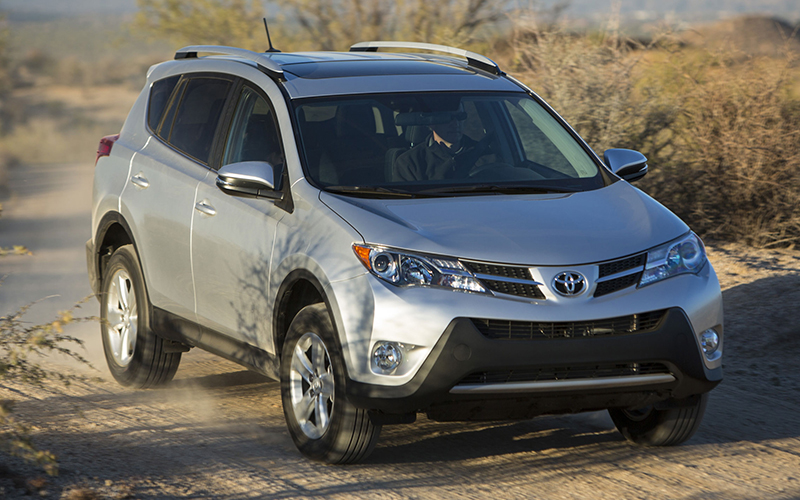
The only big X-factor for the RAV4 is that much vaunted Toyota reliability. While other crossovers may boast better “initial quality” or prospective reliability, Toyota has built a reputation for quality based around over-engineering and an impressive decade-upon-decade track record. The Forester, for its part, can claim to be no worse (or better) than average in this regard (with those head gasket issues largely relegated to the prior second- and third-generation Foresters). But, for those whose purchase hinges on the prospective longevity of their vehicle, the RAV4 is the clear favorite.
Forester
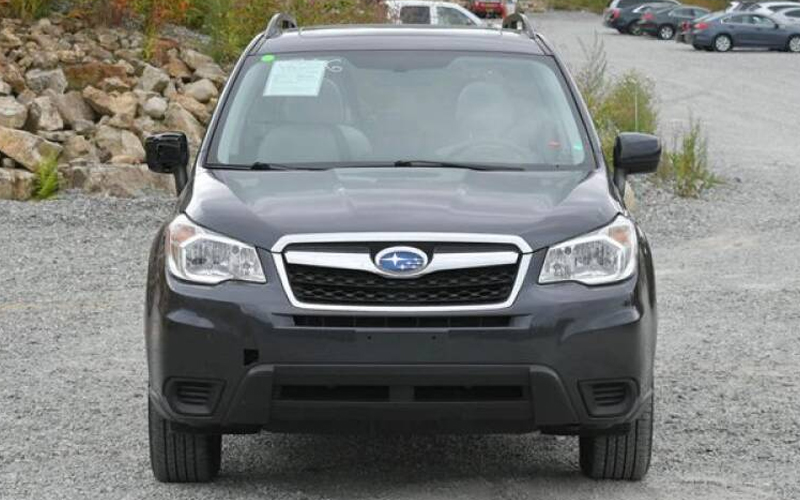
The Subaru Forester and the Toyota RAV4 match up similarly because of their respective humdrum, Swiss Army knife quality of going many things decently well. The Forester also isn’t the flashiest, the nimblest, or the most refined. It is, however, supremely capable when it comes to all those things you buy a crossover for: cargo room, ride height and AWD, and hauling kids and pets comfortably without being a minivan.
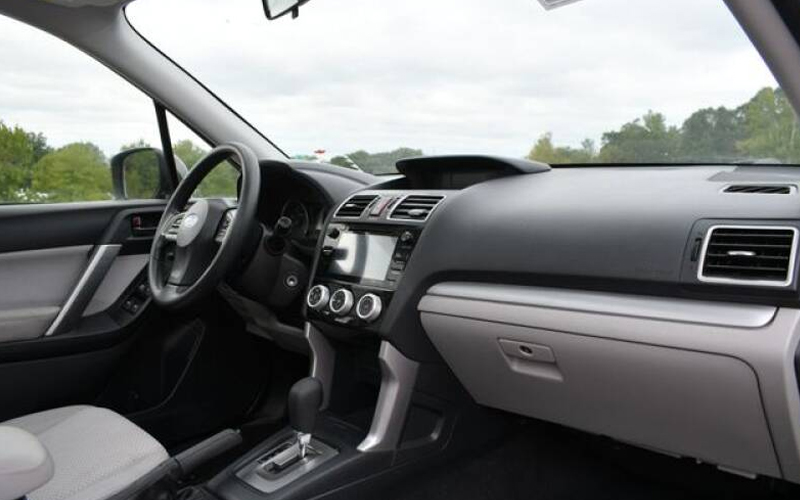
What does set the Forester apart from other crossovers is its unparalleled visibility. The combination of a raised seating position, large windows, and narrow A-, B-, and C-pillars provide an expansive view almost unmatched among comparably sized crossovers. Both the Forester and RAV4 are generous when it comes to passenger room, with the Forester slightly edging out the RAV4 in total with 103.3 to 101.9 cu. ft. The Forester’s big windows and airiness, however, make that gap feel even larger.

The X-factor for the Forester comes in the form of the 250hp 2.0XT turbocharged engine. This is a significant power boost over the 175hp you’ll get out of the RAV4 engine. So, if you’re reluctant to sacrifice acceleration with your crossover purchase, the Forester has your back.
Features and options on the Premium trim Forester include adaptive cruise control, keyless entry, remote start, back-up camera, fog lamps and heated mirrors.
Keeping It Simple
With $15,000 to spend on a used compact crossover, the Toyota RAV4 vs Subaru Forester is a very competitive match-up. Both are family workhorses that get the job done well without much fuss. But, given the market premium Toyota’s carry with them, the Foresters you’ll find at this price are likely to be better equipped and carrying fewer miles than similar RAV4s. That’s why, for the most bang for your buck at $15,000, we’d recommend the 2016 Subaru Forester.
WINNER: 2016 Subaru Forester
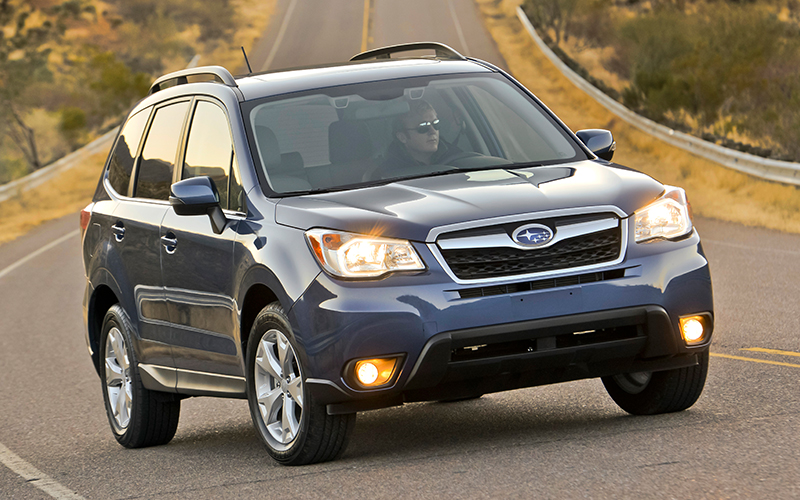
2016 Subaru Forester Premium – carsforsale.com | Shop Subaru Forester on Carsforsale.com


